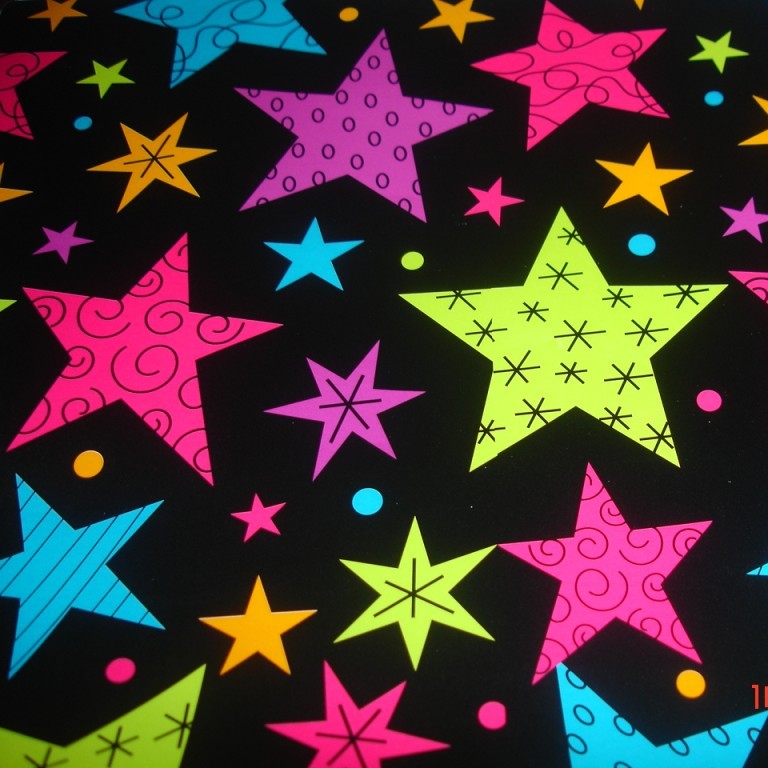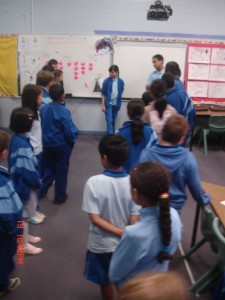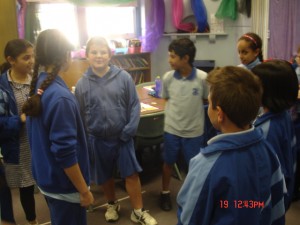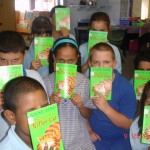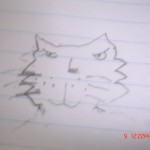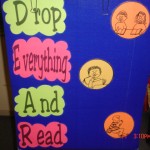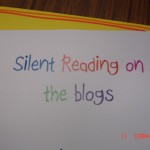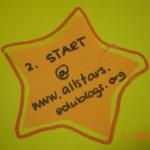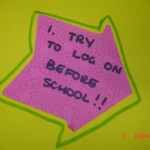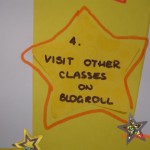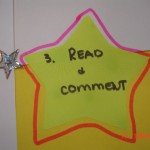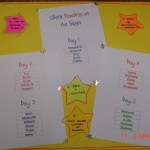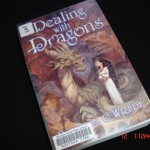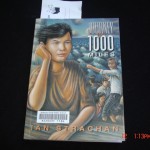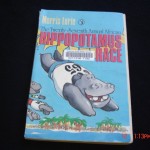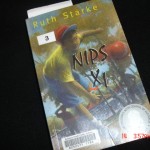
“What’s the Big Idea?” is the name of a project we have been involved with over the last 2 terms. In Reading Group time MrsP has been working with her group on reading non-fiction texts.
Non – fiction is quite a bit different to read and understand than fiction texts. Most of us have read a lot more fiction and have an easier time getting to the meaning. Non-fiction is quite hard to read and make meaning from.
We started off discussing how non-fiction differs from fiction, and we listed all the things we knew about non-fiction:
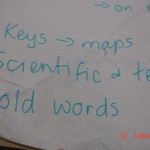

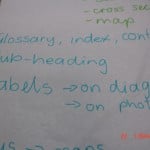
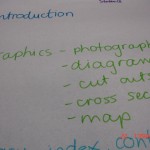
Then we used a strategy called “THIEVES” to help us unpack non-fiction texts that we came across.This is what THIEVES stands for:
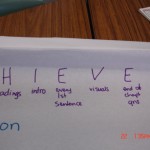
Thieves help us to unlock our background knowledge of the text, it helps us to connect to what we are going to read, and introduces some of the ideas we will read about.
Next we used the “GIMME 5” strategy. This strategy used an outline of a hand to identify the main idea of a section of text, and then to find 5 supporting statements about the main idea. It was fun to use!
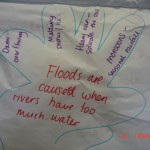
We then moved on to “FACT, QUESTION, RESPONSE” strategy, which was really helpful to do in a small group or with a partner. It helped us make sense of what we were reading by talking together, sharing what we knew and asking questions about what we were reading.
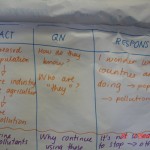
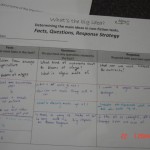
It’s been hard work – lots of thinking, justifying, explaining and wondering – but each of us now has some pretty useful strategies to use when we are reading non-fiction texts!
Congratulations to everyone in this reading group – you have worked hard to become better readers of non-fiction. You have tried to use the strategies and have really expanded your thinking skills. Well done to you all!
MrsP
